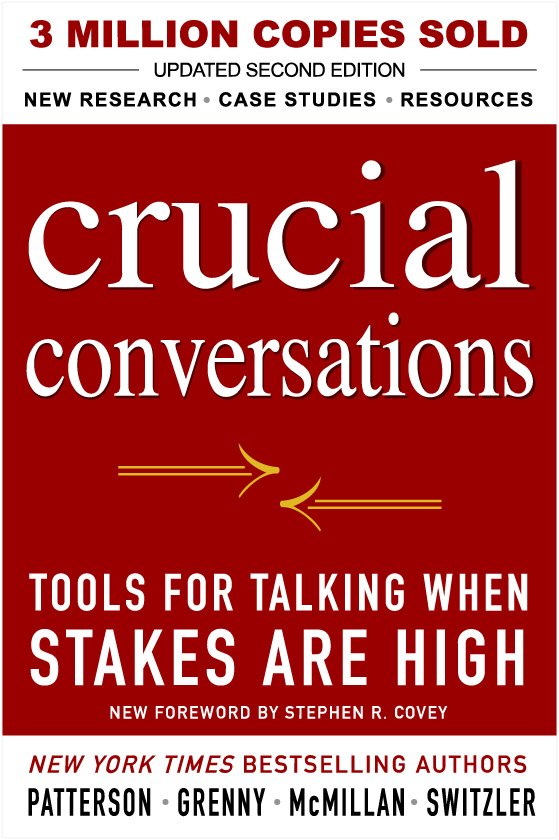Book Summary: Crucial Conversations
More and more, clients reach out to me for help when their team is struggling with interpersonal communication skills. Crucial Conversations has become a book that I refer to in my workshops and recommend as follow up reading.
QUICK SUMMARY
The authors of this book started their career as researchers seeking the answer to what makes someone influential at work. In talking with over 20,000 people over 25 years they found that the ability to have crucial conversations is the secret sauce that made someone far more influential and accomplished. Crucial conversations are defined as those where the stakes are high, opinions vary, and emotions are strong. The bad news is that most of us are at our worst when the conversation matters most. The good news? The skill of masterfully handling crucial conversations through dialogue is skill you can learn and this book provides actionable frameworks to use.
IDEAS THAT RESONATED
The Pool of Shared Meaning. [Page 24]
This concept is that each of us has our own personal pool of meaning that is informed by our knowledge, experiences, feelings, and theories on a topic. It’s this pool of meaning that leads us to conclusions, which we then action on. If there are varied opinions between parties, contributing our meaning to the shared pool of meaning helps us to make more informed, better choices together. Also, when people have shared meaning, they willingly act on the decisions made.
Refuse the ‘fool’s choice’. [Page 44]
The fool’s choice is when you believe that there are only two possible outcomes; getting results or preserving the relationship. It’s easy to fall into the simplicity of binary thinking, especially when our emotions are strong. The antidote to the fools choice is ‘yes, and’ thinking. This helps you solve the more complex problem and find solutions that work for all.
Silence and Violence. [Page 58]
These are two common responses when people feel unsafe in a conversation. In silence people shut down and do not contribute. Silence could look like masking true feelings, avoiding the topic, or withdrawing all together. In violence people use verbal strategies to convince, control, or compel others to their point of view.
Drop your email below if you liked this book summary and you want to be the first to know when new content is available.


